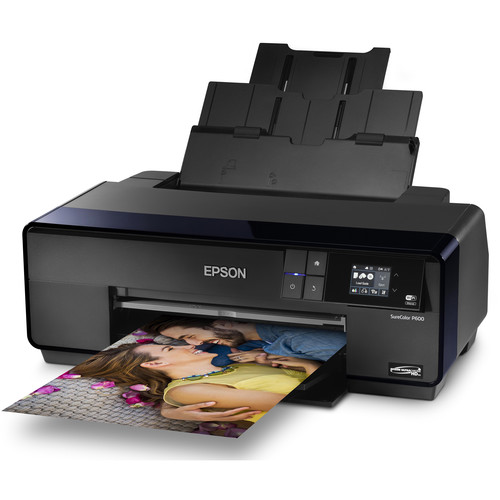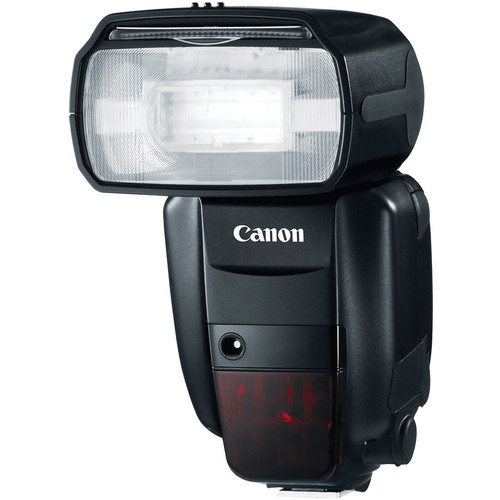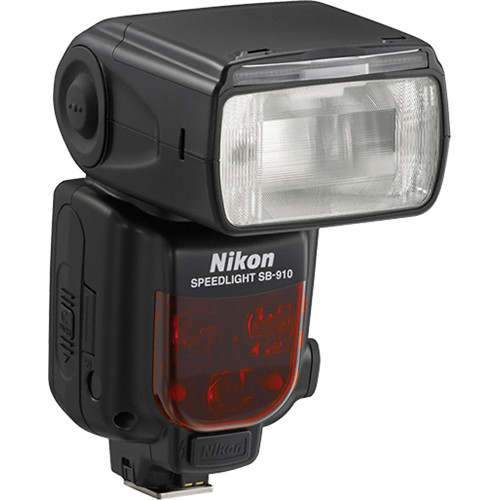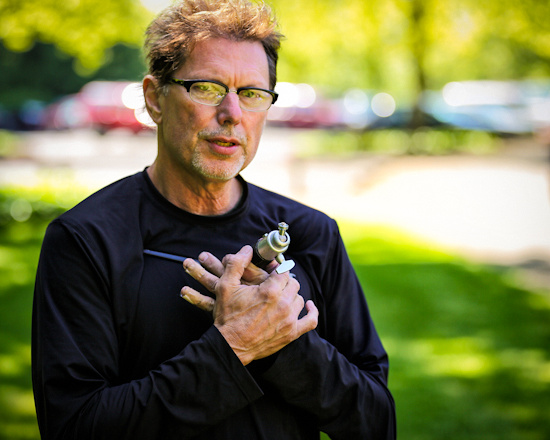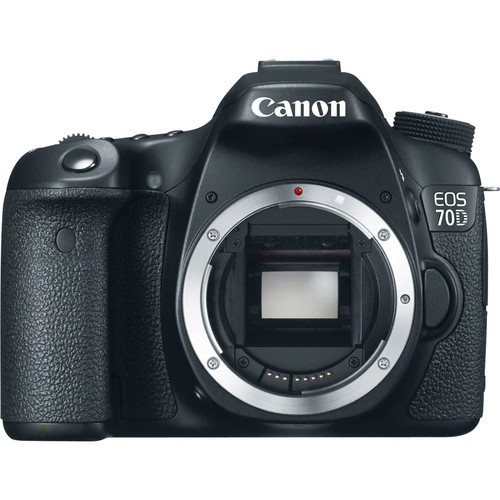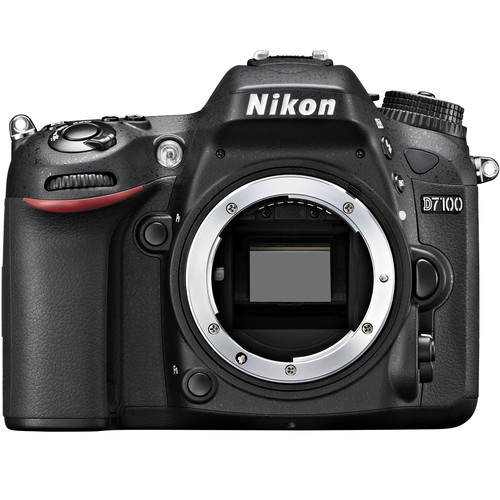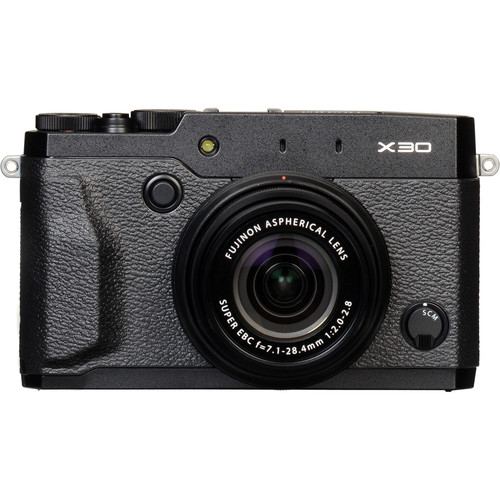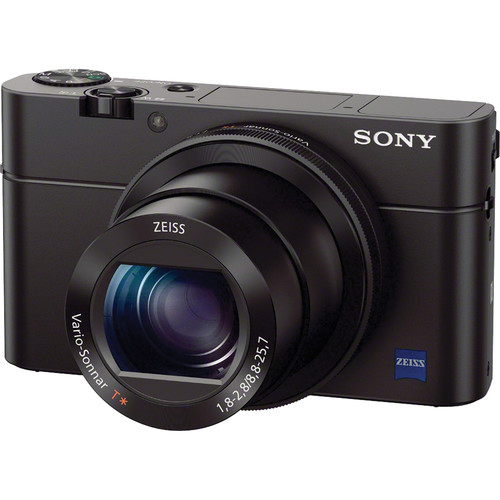
Manhattan Nightscape
All photos in this article are Copyright Ron Martinsen – ALL RIGHTS RESERVED
How many times have you gone on a trip where you see some cool nightscape and you tell your loved one – “hey, let me take a photo of you against that great view”?
Now think about how many times you’ve been happy with the result. If you are like most people, the answer is usually “very few” (at best). For most when you throw in the challenge of the evening shooting where high ISO’s and slow shutter speeds are virtually inevitable then things get even worse!
I’m no stranger to this problem myself, but I’ve learned a few things over the years that certainly help – A LOT! All of the shots in this article were taken in New York City in 2011 while I was there attending the PhotoPlus Expo. Most shots are at ISO 3200 or 6400, but I was also lucky to have a great assistant or two and borrowed lights to get some shots that I’m happy with.
I hope you’ll enjoy both the advice and the shots as you read through this article.
Introduction
Shooting at night in a big city like New York introduces some serious problems.
Your subjects are typically backlit against bright lights or mixed lighting. If you’ve been to the Flash Bus Tour, Strobist or Planet Neil then you probably know that you’ve gotta start by exposing your background first and then adding your fill light. This means you’ll be shooting manual and you’ll not always trust what your camera meter is telling you.
To get good results, you’ve gotta know your gear. If you don’t then I highly recommend you read my Which Books Should I Read? article and possibly get a subscription to Kelby Training (see my discount coupon code page for details).This article will not go into those details as that is beyond the scope of this article. Off-Camera Flash Techniques, Speedliter's Handbook, and Sketching Light all offer great advice on how to to get the shots shown in this article.
1. If you plan to shoot when travelling then come prepared

A Lastolite EzyBox and an assistant will get you great shots in the field
Many of us don’t have the budget to shoot on location, so our travels will be business trips or family vacations. If your goal is to get great shots during your limited shooting time on one of these events, then you really have to be prepared. While more gear is always better, there’s way to be smart and still have a great shoot.
First and foremost you need to be realistic about what you can accomplish with the gear on hand and the objective of your trip. What I mean by this is that if the objective of your trip is to get great photographs, then bring (or rent) the gear you need to get the job done. Companies like LensRentals.com will drop ship your rental gear to your destination so you can have what you need without hauling it on the plane.
Here’s the minimum kit that I recommend (in addition to your favorite camera):
- A comfortable backpack like the Streetwalker Pro or if you have a lot of gear then a roller bag like the ThinkTankPro Airport Security. Your shots will be much better if you are comfortable and can bring everything you need. For me I always load my Airport Security bag with everything I need when shooting is my primary objective.
- I like to have a 70-200mm lens and a 16-35mm lens so I can do both wide angle and telephoto shots. I usually use sneaker zoom for the rest. I’ll take my 24-105mm when I just want the one size fits all compromise lens.
- A Lastolite EzyBox and an assistant will get you great shots in the field. This is really how the big boys do it, so if you want to look like a pro you’ve gotta bring the good stuff. This also means you’ll need some remote triggers like the Pocket Wizard Mini TT1, Flex TT5 and AC7.
- At least one good reflector like the Lastolite TriGrip. Even better, consider using what small flash master Joe McNally uses as shown here at B&H. See the 2nd part of my PhotoPlus Expo article for my 2 cents on Joe’s collection.
- Rogue FlashBender and Rogue Lighting Filters are a must to help you throw light where you need it as well as control the color of the light.
Sure there are a bazillion other things you can bring, so you can see my gear page or my holiday gear guide to get ideas on what else you can bring. Personally I pack my bag as full as I can stand it.
2. At a MINIMUM, bring a good flash for outdoors

If you want good shots then you are going to need good light.
At a minimum this can be an on-camera flash like a 580EX II or SB-910. Indoors the cheaper flashes can work, but outdoors you are going to want a the best flash money can buy (e.g., the Quantum QFlash is great too).
The shot above of Sandy is an example of a shot done just with a 580EX II on my camera with it pointing directly at my subject (something you can kinda get away with outdoors). I also had an orange Rogue Gel on my flash to warm up the light hitting her skin.
Tip: If you haven’t already, read On-Camera Flash Techniques to learn how to get great shots with the on-camera flash.
3. Avoid photographing your subject in the dead center of the frame

As Rick Sammon says, Dead Center is Dead Wrong. If you want to convey a sense of being in a different location, then your photos should include a little of the location with you. How subtle or pronounced it is depends on your proximity of the subject and the ability of your equipment, but the key thing is to have both – with one dominant subject. The way you do that is to put your subject at the left or right edge of the frame and pay attention to the background.
In the photo above I get Wall Street in the background and only let Kaethe occupy 25% of the frame (the minimum your subject should be in most shots). While the physical distance and laws of physics make it impossible for me to have both subjects in focus at the same time, you can appreciate a nice portrait and your memory will fill in the blanks. Wall Street adds a nice splash of color and you can tell that there’s something big happening in the background.
4. Take your cityscape and portraits separately

Your photo should only have one primary subject. While it would be great to have photos of Manhattan and your friend, don’t try to do both in one shot. In the photo above I successful capture beautiful QiaoQiao with a nice Manhattan backdrop for a splash of color and location. However, I don’t try to make them both subjects in the same shot.
When I was done with the shot above I stepped to the side of QiaoQiao and took this Manhattan shot:

The net result is that I have two good shots instead of one crappy shot that doesn’t do justice for either QiaoQiao or Manhattan. (TIP: Topaz Labs Adjust 5 (review) is for processing city shots)
5. Groups - the same rules apply, but it’s more tricky

Mouse Over for Before “Fail” Shot
Mouse Out for After (Fixed using InFocus by Topaz Labs)
Groups are always tough, but they are even more tough to shoot when you are out having fun and are trying to do an impromptu group photo. The key thing to remember is that you need to apply the same rules as your individual shots, but you’ll need to configure the people differently.
In the above shot I decided to line group up in an alternating pattern to make them more interesting, but I also was mindful of the background so I could convey the sense that they were in Times Square. I then tried to use the top third of the shot to get the nightscape to give a sense as to where these girls were.
What I did fail to do in this shot actually is adjust my aperture (hey, shit happens) so f/2.8 got all of the girls except for the foreground girl in perfect focus. The foreground girl was totally blurred, but I used Topaz Labs InFocus to bring her back into the shot. While this photo won’t end up in a portfolio or a gallery, it’s still a decent group shot that these girls can show their friends when talking about their great trip to The Big Apple! Let this be a lesson though – either shoot with a larger f-stop number or get everybody on the same plane.
6. If you have a friend in your destination city, ask them if you can borrow their gear

The last time I was in New York City, I was extremely fortunate to have one of my blog readers – Cliff Pickett – offer to help me out. Not only did he act as an assistant, he also loaned me gear which helped me to get a lot of great shots while I was there. He also got me access to the best place to shoot in all of New York City!
Keep this in mind when you are travelling – there may be a friend, or long lost cousin that might be able to help you out when you are in town. You never know, that cousin you never met that your Mom tells you to see when you visit city X, might just be a cool photography geek that can be a huge help to you!
They may save you some rental expenses or extra luggage fees too, so plan to treat them to dinner too! :)
7. Be ready for the unexpected

Seriously, I wouldn’t have guessed in a million years that I’d see Elmo in Times Square on his cell phone making a call in front of a huge bottle of Corona beer! Shit happens when you are in the big city, so always have your camera ready to shoot. This means flash on, lens cap off, and camera settings dialed in as conditions change.
If I didn’t have my camera (and in this case my crew) ready to go, there’s no way I would have go this shot.
8. Be spontaneous and get your subjects to come to life

As a photographer we need to think of so many things when shooting that it is easy to make a technically strong, but terribly boring shot. Instead of taking DMV mug shots outside, ask your subject to get a little crazy and then start firing away. Have them look off camera and think about something that makes them happy and fire away.
Another thing I’d like to point out is that keeping an eye on what is behind your subject is important. The crap in the background like power lines, signs, lamp posts, garbage cans, planters, etc…. are all nasty to look at in your photo so try to avoid them if you can. While a quick shot of Elmo dancing my get you a free pass on the background clutter, generally speaking it can just ruin a shot.
9. Photograph strangers

This is a tough one for many people, but you’d be surprised how many people will let you take their photo if you ask. It helps to have a business card and tell them who you are and what you do first, and you should always offer to give them a free image in exchange for their time. An 8x10 print or 800px on the long side JPEG is sufficient. What’s more, is that you can have them fill out a release for you after they contact you to get their print. This keeps you from shoving a contract in their face while on the street, and lets them go about their business.
Tip: Ask the people who you find attractive! Yep, that’s right, try asking the good looking folks because generally good looking people are happy to get their photo taken, and you’ll be happier with shots of people you find pleasing to look at! Once you do, you’ll have people of all sorts of looks asking to have their photo taken!
10. Find or recruit buddies to help assist

Taken with the Canon 8-15mm f/4L Fisheye Zoom (review)
There are lots of photographers in the world these days, and local groups for strobist, smugmug, etc… mean there are always people willing to go out and do a photo walk. As a result, you can recruit these people to help you out and help them in exchange as well. It’s tough to get great shots without an assistant, so I highly recommend you find one and plan ahead!
I’d like to thank my buddy Joe Gambardella who I met at the Bryan Peterson Workshop in Seattle (review) and Cliff Picket for their generous time and support during my Times Square and Rooftop shoots.
Conclusion
Travel Photography is one of my favorite things to do, but I’m only able to travel once or twice a year. Being out of my element sparks new creativity possibilities, but also new challenges.
Most of us aren’t Joe McNally so while we read great books like Sketching Light and think I’d like to try that sometime”, few of us actual do – especially when we are out of town. However, I’d like to encourage you to stop making boring shots when you travel. Haul a little more gear with you and go make some great shots!
Feeling Trapped And Longing For More Creative Outlets?

As photographers we get into creativity ruts from time to time, but travelling is the best way to see the world differently. Reading books like Learning to See Creatively or taking a course from The Perfect Picture School of Photography can really help inspire some new thinking, so a new environment may be just what you need to get those creative juices flowing again. I know it always helps me!
See the introduction part of this article for more ideas on how to improve your camera skills too!
If you like this article and want to see more like it, please leave a comment on the blog to let me know what you think.
Disclosure
I may get a commission if you make purchases using links in this article. Thanks for supporting this blog by using my links!
NOTE: This site requires cookies and uses affiliate linking to sites that use cookies.
. Either way, your support is greatly appreciated!
This blog is intended for freelance writing and sharing of opinions and is not a representative of any of the companies whose links are provided on this site.
The opinions provided are of Ron Martinsen alone and do not reflect the view of any other entity

















